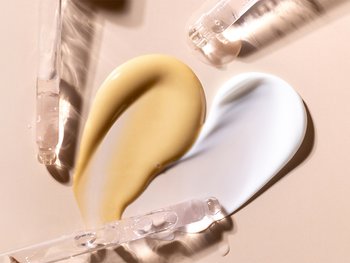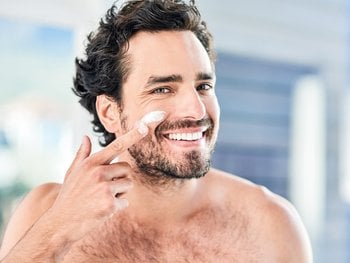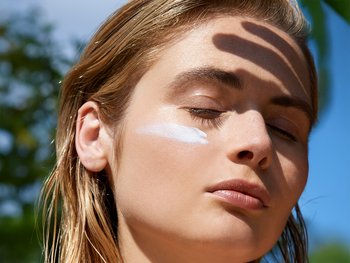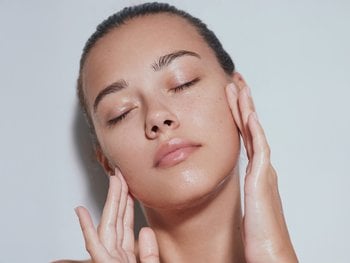4 Ways You're Applying Moisturizer Wrong
Moisturizing is a daily skincare essential, but even if you moisturize regularly, you might not be maximizing its benefits.
Moisturizing is a daily skincare essential, but even if you moisturize regularly, you might not be maximizing its benefits.
Using a moisturizer unsuited for your skin type is a major misstep. Oily and combination skin need oil-free, non-comedogenic formulas. Sensitive skin benefits from fragrance-free and paraben-free options. Dry skin requires richer, more nourishing moisturizers.


Apply moisturizer immediately after cleansing, ideally within a minute. Delaying application allows skin to dehydrate, potentially leading to tightness, dryness, and breakouts.
Don't neglect your neck, décolletage, and ears when applying SPF. Use a quarter-sized amount on each area for adequate protection against sun damage and premature aging.


Using too little or too much moisturizer can be ineffective. A dime-sized amount is generally sufficient for the face. Adjust the amount based on your skin's needs and the product's consistency. Over-applying can lead to clogged pores, while under-applying won't provide adequate hydration.